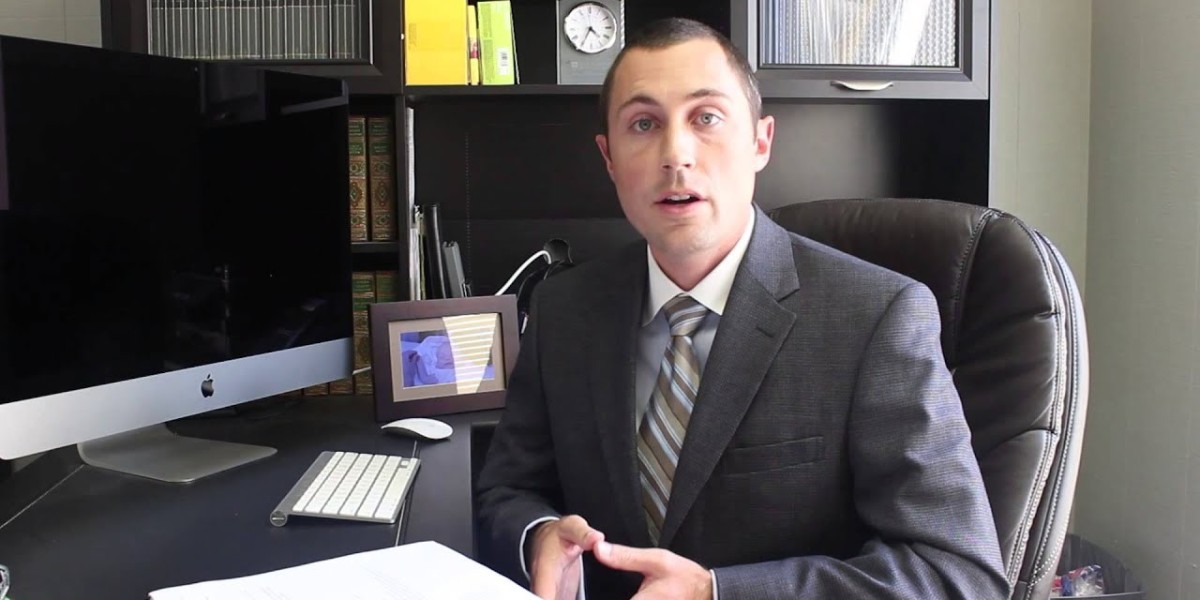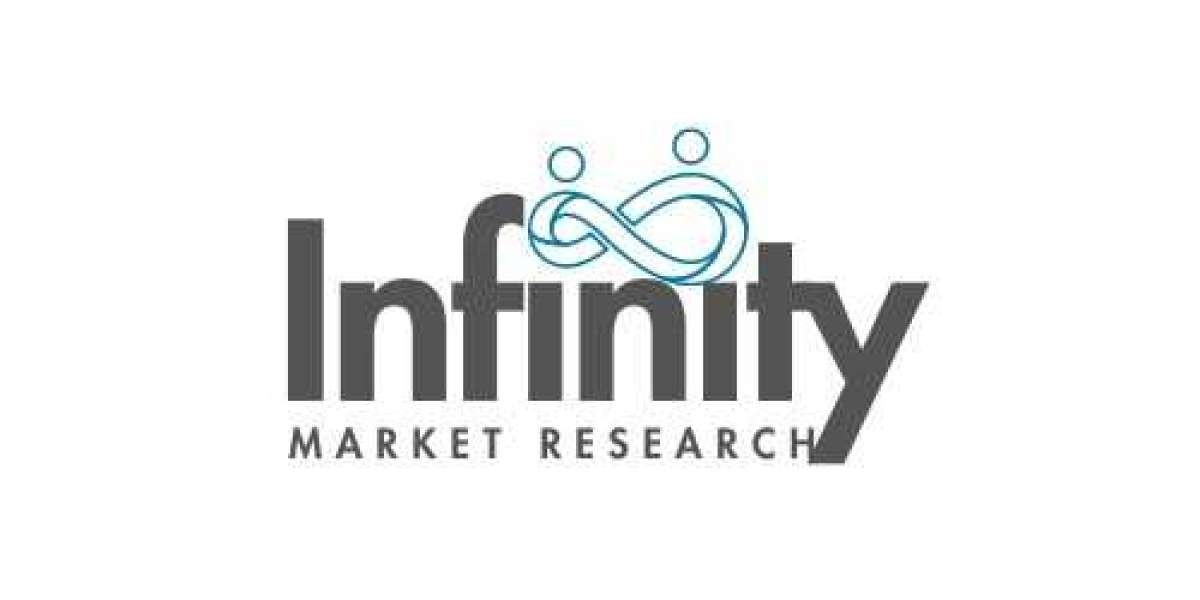Medical billing is an intricate process in any healthcare system, but when operating in a major urban hub like New York City (NYC), it presents unique challenges. NYC is not only the largest city in the United States but also home to some of the most diverse and dynamic healthcare ecosystems in the world. For medical practices here, navigating the complexities of billing requires a tailored approach that addresses regulatory demands, patient demographics, and the high cost of healthcare delivery.
This article explores the primary challenges faced by medical billing professionals in NYC and offers insights into strategies for addressing these obstacles.
Discover expert medical coding services in New York, ensuring accurate coding, regulatory compliance, and optimized revenue cycles for healthcare practices. Maximize reimbursements with reliable and efficient coding solutions tailored to NYC's unique healthcare landscape.
- Regulatory Compliance and Changing Healthcare Laws
New York State, and by extension NYC, is subject to a constantly evolving array of healthcare regulations. Medical practices need to comply with both state and federal guidelines, including but not limited to:
HIPAA Compliance: Ensuring the privacy and security of patient data is paramount. New York City practices must adhere to strict federal HIPAA regulations, while also considering additional state laws that may impose further restrictions on data handling and sharing.
Medicare and Medicaid: NYC has one of the highest percentages of Medicaid recipients in the country, which adds complexity to billing for practices serving low-income populations. Practices must navigate the nuances of Medicaid reimbursements, which vary significantly from commercial insurance billing and often have lower payment rates.
Surprise Billing Laws: New York has stringent laws protecting patients from unexpected bills, especially in emergency situations where patients may unknowingly receive care from out-of-network providers. Practices must ensure they are in compliance to avoid legal penalties.
These regulations are subject to frequent updates, which makes staying compliant an ongoing challenge for medical practices. Billing teams must be continuously trained to ensure that they are up to date with new rules and that claims are submitted accurately to avoid costly denials.
- Diverse and Multilingual Patient Population
NYC is known for its cultural and linguistic diversity, which adds another layer of complexity to medical billing. According to census data, over 200 languages are spoken across the five boroughs, and nearly half of the city’s residents speak a language other than English at home.
For medical billing, this creates challenges in several areas:
Patient Communication: Ensuring that patients fully understand their billing and insurance coverage can be difficult when there are language barriers. Misunderstandings can lead to delayed payments, denied claims, or even legal issues. Practices often need to invest in multilingual staff or translation services to help bridge these gaps.
Insurance Coverage Awareness: Different patient populations may have varying levels of awareness regarding health insurance, especially immigrants or non-English speakers who may be unfamiliar with the U.S. healthcare system. This can result in a higher volume of unpaid bills, as patients may not understand their responsibility to pay after insurance coverage is applied.
Efficient billing in such a context requires robust communication strategies, cultural competency training, and resources to ensure every patient can access, understand, and address their medical bills.
- High Cost of Living and Practice Overhead
Operating a medical practice in NYC comes with significant overhead costs, including rent, utilities, and staffing. In such a high-cost environment, it’s essential for practices to maintain a smooth and efficient revenue cycle to avoid cash flow issues.
Cost of Rent: Commercial real estate in NYC is among the most expensive in the world. This puts pressure on practices to keep billing operations lean and efficient, as rent costs eat into overall profitability.
Staffing Costs: Given the high demand for skilled workers in NYC, staffing costs for qualified billing and coding professionals can be higher than in other regions. Practices may also need to hire additional support staff to handle the diverse needs of patients, including translation services or additional customer service representatives to manage billing inquiries.
The high cost of running a practice means that even minor inefficiencies in billing can have a disproportionate financial impact. Practices must ensure that their billing operations are optimized to prevent delays, minimize denials, and streamline collections.
- Frequent Insurance Denials and Claim Discrepancies
One of the most frustrating aspects of medical billing in NYC is the high rate of insurance denials. These denials can stem from a variety of issues, such as:
Complexity of Insurance Plans: NYC residents often have a mix of public and private insurance plans, with significant variation in benefits, copays, and deductibles. This variety can lead to coding errors, incorrect submission of claims, or misinterpretation of patient eligibility.
Preauthorization Requirements: Many insurance companies operating in NYC have stringent preauthorization requirements for specific procedures, treatments, or referrals. Failing to secure the necessary preauthorization can lead to claim denials, forcing billing teams to resubmit claims or appeal decisions, which delays payments.
Out-of-Network Billing: Given the density of healthcare providers in NYC, patients often receive services from multiple providers, some of whom may be out of network. Out-of-network billing presents significant challenges for practices, as reimbursements are lower and patient responsibility is higher, increasing the likelihood of unpaid bills.
Effective denial management processes are critical in addressing these issues. Practices should have robust systems in place to track denials, identify trends, and take corrective action to reduce future claim rejections.
- Technological Integration and Interoperability
The complexity of billing in NYC also demands robust technology solutions. Practices must utilize modern electronic health record (EHR) systems, practice management software, and billing platforms that allow for seamless integration between clinical and financial data. However, many challenges remain:
Interoperability Issues: Many practices, especially smaller ones, face challenges with integrating their billing systems with those of insurers and hospitals. This lack of integration can lead to delays in billing, miscommunication, or data entry errors that result in claim denials.
Upfront Costs: Investing in state-of-the-art billing software can be cost-prohibitive for smaller practices. Many practices in NYC face financial constraints that make it difficult to upgrade their billing infrastructure, resulting in inefficiencies and higher denial rates.
Telehealth and Remote Services: With the rise of telehealth services, especially during the COVID-19 pandemic, billing for remote services has become more common. Practices need to stay current on how telehealth services are billed and reimbursed, as insurance companies have different rules and rates for virtual visits.
In a fast-paced city like NYC, where healthcare providers must see a high volume of patients to stay profitable, investing in the right technology can make or break a practice’s financial health.
- Complexity of Payer Mix and Contract Negotiations
NYC medical practices often have to navigate a complex payer mix that includes a wide variety of private insurance companies, Medicare, Medicaid, and uninsured patients. Each payer has its own set of rules, reimbursement rates, and billing requirements. For example:
Medicare and Medicaid: As mentioned earlier, NYC has a large population of Medicare and Medicaid beneficiaries. While necessary, these government programs often reimburse at lower rates than private insurance, making it essential for practices to negotiate favorable terms with private payers to offset the lower government reimbursement rates.
Contract Negotiations: In NYC, practices often need to negotiate with multiple insurers to secure favorable reimbursement rates. Contract negotiations can be time-consuming and complex, requiring a deep understanding of payer policies and market dynamics.
An effective billing strategy includes regular review of payer contracts, ensuring that reimbursement rates remain competitive, and proactively addressing any billing issues that arise from specific payer contracts.
- Patient Expectations and Financial Responsibility
Patients in NYC, like elsewhere, are becoming more responsible for their healthcare costs due to the rise in high-deductible health plans. This shift has placed greater financial responsibility on patients, who are often unprepared to handle large medical bills. For practices, this translates into:
Delayed Payments: Patients may struggle to pay their medical bills in full or on time, particularly given the high cost of living in NYC. This can strain a practice’s cash flow and increase the amount of time spent on collections.
Patient Education: Practices must do a better job of educating patients upfront about their financial responsibilities, including what their insurance will cover and what they will owe out of pocket. This can help mitigate confusion and prevent surprise billing scenarios that could damage patient trust.
Implementing clear communication strategies, offering payment plans, and providing upfront cost estimates can go a long way toward improving patient satisfaction and ensuring timely payments.
Conclusion
Medical Coding Services in New York City presents a unique set of challenges, from navigating complex regulatory landscapes to managing diverse patient populations and handling the high cost of operating in a major urban center. However, with the right strategies in place—such as investing in technology, staying compliant with evolving regulations, and fostering clear communication with patients—practices can successfully navigate the intricacies of billing in this dynamic healthcare environment.
For practices in NYC, efficient billing isn’t just a financial necessity—it’s a critical component of ensuring long-term sustainability and the ability to continue serving their diverse and ever-growing patient base.



